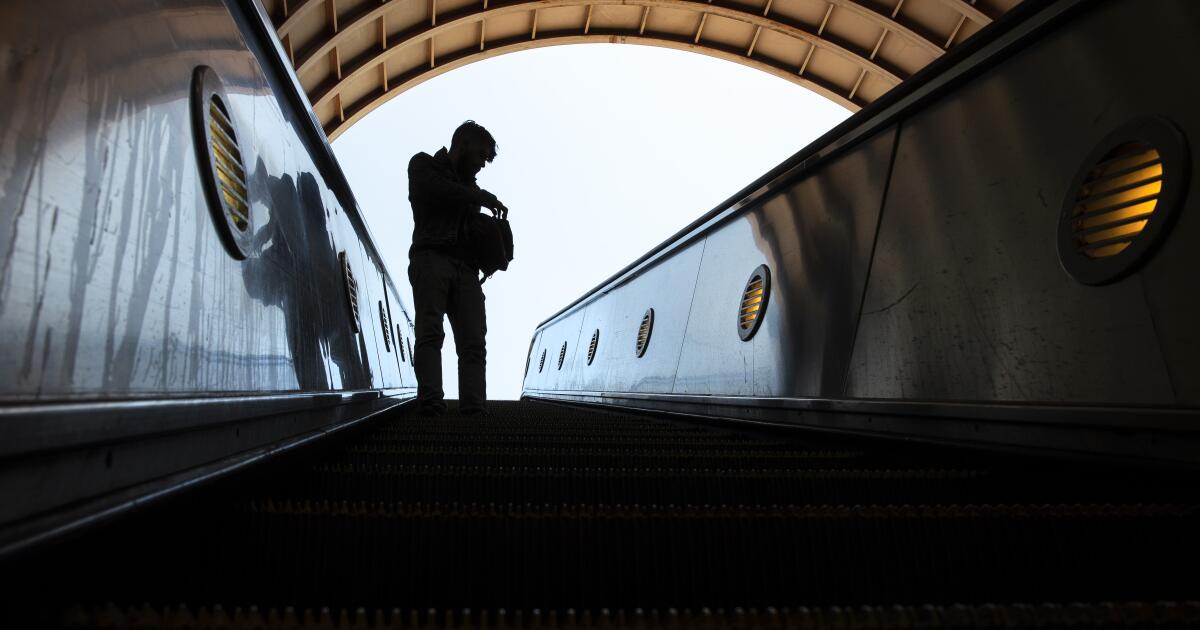Transit officials in Los Angeles are intensifying efforts to bolster security measures on the Metro system following the tragic stabbing of Mirna Soza, a 67-year-old grandmother, earlier this week. The suspect in the killing had previously been banned from the system by a court order. The Los Angeles County Metropolitan Transportation Authority’s board has directed its staff to explore various measures, including the implementation of facial recognition devices, securing station gates, and establishing a protocol for communication among law enforcement agencies.
Expressing concern over the rising levels of violence, drug-related incidents, and a general disregard for the law and public safety, board member Kathryn Barger initiated the effort to enhance security on the sprawling Metro system. The recent surge in attacks, coupled with the gradual increase in ridership as the city recovers from the COVID-19 pandemic, has raised alarm among passengers who heavily rely on public transportation.
Acknowledging the gravity of the situation, Barger admitted her own fear of riding the transit system alone, emphasizing the need to address both the actual security threats and the perception of insecurity. The measures being considered are part of a broader discussion within the agency, which also includes the potential creation of its own police force. However, concerns have been raised about the potential for heavy-handed law enforcement practices and the disproportionate targeting of people of color, particularly Black men and homeless individuals.
During a board meeting, Metro’s top security official, Robert Gummer, revealed that there is currently no system in place to alert Metro security or law enforcement when a judge issues an order banning an individual from the system. This lack of communication highlights a critical gap in the system’s ability to enforce such bans effectively.
The urgency to address safety concerns has been further amplified by a series of recent attacks, including a passenger being beaten and a stabbing incident at the Florence station. Despite previous progress in reducing crime, these incidents have created a new crisis for the board as it continues to expand the rail system and pursue ambitious climate goals.
While transit agencies across the country are grappling with similar challenges, Anastasia Loukaitou-Sideris, interim dean at the UCLA Luskin School of Public Affairs, believes that public transit is not inherently more unsafe than other environments. She cautions against the implementation of facial recognition technology due to privacy concerns but suggests exploring alternatives such as gun detection technology, fare gates, and increased presence of ambassadors.
The open nature of transit environments poses a dilemma, as implementing certain security measures may lead to delays and public dissatisfaction. Balancing the need for enhanced security with the convenience and accessibility of public transportation remains a complex task for transit officials.

